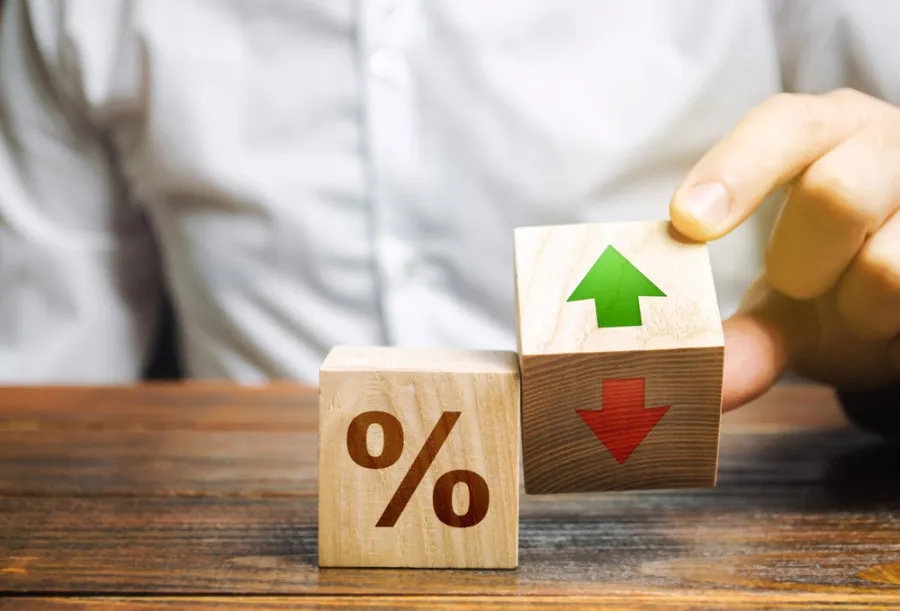
Explaining the Euribor: Find out everything about this benchmark.
Has Euribor been your worst nightmare? If you have a housing loan with a variable rate, this rate has been the reason your monthly installment has increased. We will explain why, below.
Your monthly mortgage payment has increased significantly and you want to lower it again? There are savings solutions that can help, such as renegotiating conditions with banks or transferring the financing to a new entity. Contact the credit intermediaries of Poupança no Minuto and start the process today.
But first, let's understand how the Euribor arises and why its value affects home loan payments.
What is it and what is the origin of Euribor?
Euribor represents an abbreviation of European Interbank Offered Rate, a European-level reference rate. In essence, it is the reference based on the average interest rates practiced by several banks in the eurozone, through the loans they grant. And it can refer to various terms, such as one week, one month, three months, with the most common being six and 12 months.
In other words, since banks also need financing, the Euribor is the interest rate that serves this purpose. This is because it reflects what a panel of banks in the European Union charges to lend money to each other without guarantees.
There are 52 European banks, including the Portuguese bank Caixa Geral de Depósitos, and to calculate the rate value, 15% of the highest rates and 15% of the lowest rates are excluded.
Euribor can fluctuate depending on the forecast of interest rate cuts or hikes by the European Central Bank (ECB). This means that Euribor rates anticipate the movements of the benchmark rates set by the central bank.
The goal is to have controlled inflation, around 2%: that's why whenever inflation rises in the Eurozone, the ECB raises interest rates.
This was a rate that emerged with the creation of the Euro on January 1, 1999. It serves as a reference for various financial products, with a focus on housing credit, savings accounts, or Treasury certificates.
How has the Euribor behaved over time?
The history of Euribor shows some significant peaks, having occurred three times in the last decades (including the current one).
Soon after it was created in the year, with Euribor rates recorded at 3.233% for six months and 3.213% for 12 months, a peak can be observed in June, with rates exceeding 5.3% for 12 months. This increase continued until 2000, when the Euribor for six months reached 5.1%.
In the following years, rates go back down, but this trend doesn't last long: it is at the end of 2005 that there is again a peak in increase, which lasts until 2008, reaching 5.5%.
After this peak, the trend was downward until 2016 reaching historical and negative values. But a new rise was already anticipated... Which ends up happening in 2022, after the inflation spikes, leading to an increase in ECB interest rates.
Behind the biggest spikes in prices, the contexts that explain are clear: in 2008 the subprime crisis occurred in the USA, leading to the bankruptcy of major banks and causing a global financial crisis; and in 2022 the war of Russia against Ukraine begins, originating crises in various sectors in Europe, triggering inflation.
What is the relationship of Euribor with the current context?
The Euribor rate directly influences housing loans indexed to a variable rate. So, whenever the Euribor fluctuates, the amount to be paid for mortgage loans follows suit within the respective term.
This is because the value you pay for the interest rate (variable) on the housing loan installment is the combination of the Euribor (at three, six, or 12 months) with the spread (bank profit margin).
As a rule, the spread value does not change throughout the entire loan agreement if you do not transfer or renegotiate conditions. However, in contracts with variable rates, the installment is adjusted according to the chosen term.
For example, if you have chosen a variable rate with the Euribor at six months, the installment is reviewed semi-annually. And if the value of the Euribor has changed, your installment will also go up or down.
So, that is why, in the current context, credit installments have increased exponentially. Since interest rates and, consequently, Euribor rates have maintained an upward trend since 2022.
Are you looking to lower your monthly payment? Poupança no Minuto offers you savings solutions for housing credit, free and personalized: just one contact.